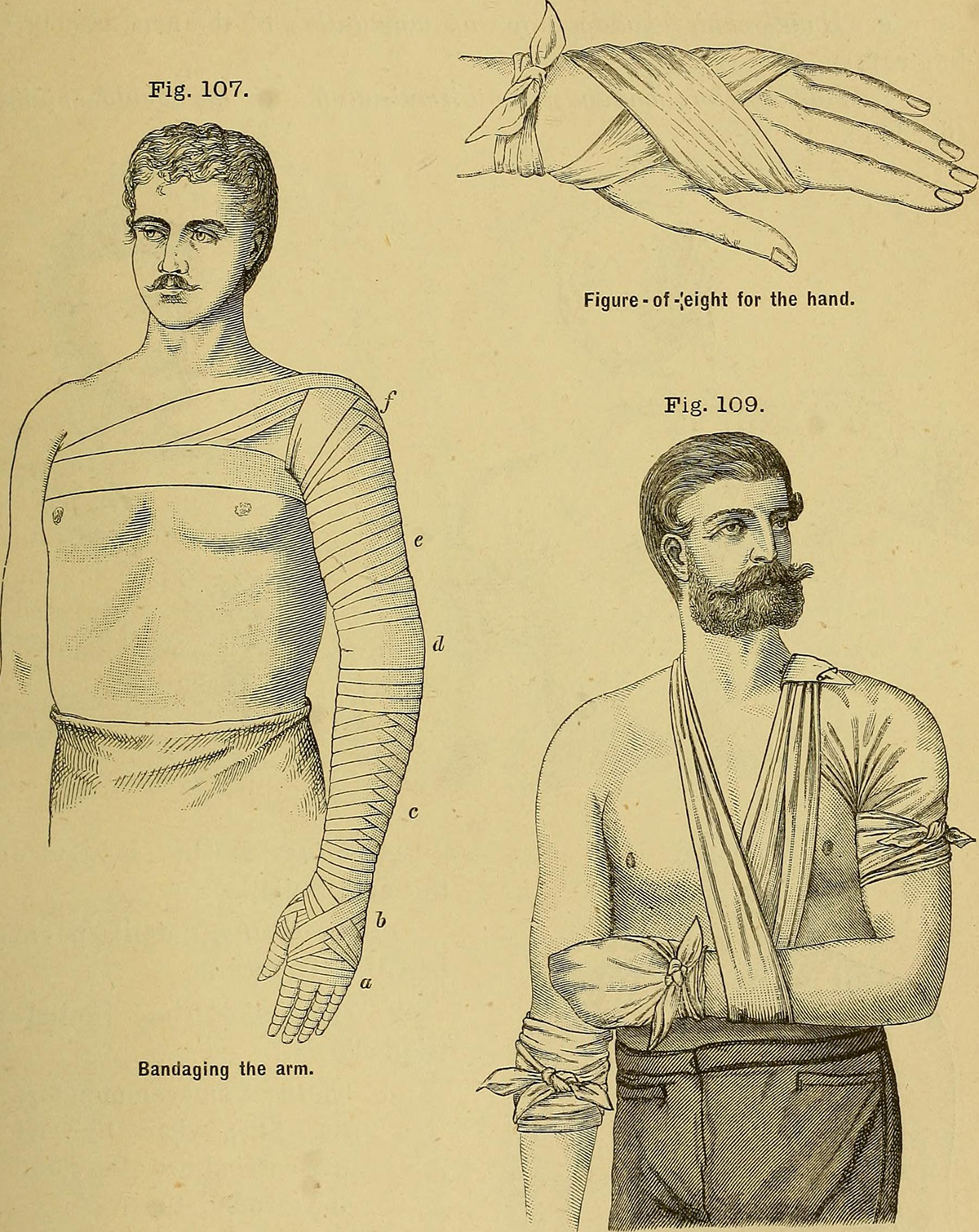
There are many ways a person can wind up with a graze of small cut, but luckily these injuries are not that severe. There are easy ways to treat small cuts and grazes in order to both avoid infection and allow the wound to heal.
Before a person tries treating an injury at home, he or she should make sure to follow a set of cautionary steps which will help insure that no further harm will be caused by the treatment itself.
First of all, it is important to do it in a dry place. The person dressing the wound should thoroughly wash and dry his or her hands before starting. The wound itself should also be thoroughly cleaned, so as to avoid potential infections. Antiseptics are not to be used in the process because they can cause further tissue damage and slow healing rate, and they are actually not needed, since we are talking about rather simple injuries.
After cleaning the area of the wound, dry it up and then proceed with the dressing, using an adhesive such as plaster. The dressing should be changed as often as needed and it should be kept dry at all times.
The main thing regarding the proper treatment of cuts and grazes is to establish the nature and the seriousness of the injury in question first. There are minor cuts and grazes which can be easily treated by cleaning the sore spot and dressing it the way it was described earlier. These types of injury usually heal fast too, and they tend to hurt less. But what if there is bleeding, infection or slow healing? What if the place is hard to reach, or if it is especially vulnerable?
As a general rule, if a person is not sure of how minor of serious the injury is and does not know what to do, he or she should consult with a doctor. If the wound takes a long time to heal (or doesn’t heal at all), if the bleeding cannot be stopped or is very deep, a doctor should be notified. The same goes for injuries caused by a bite or those where the bone is also damaged.
Infections are also a serious issue. If there is a risk, a health care or nurse professional should sterilize and close the wound.
There can also be stitching needed, which may prompt a need for a local anesthetic. The thread used for stitching is itself sterile, so there is no risk of endangering the wound. After closing the wound, regular checkups are needed until the time of the removal. This is again done by professionals and should never be removed by an untrained individual.


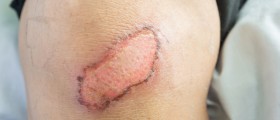

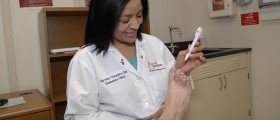
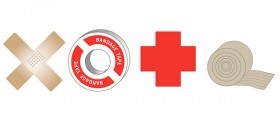
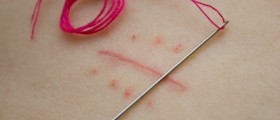

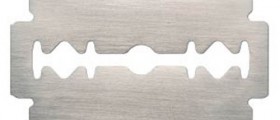

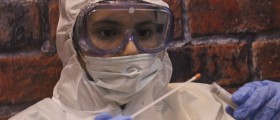
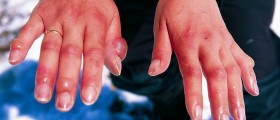




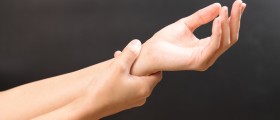
Your thoughts on this
Loading...